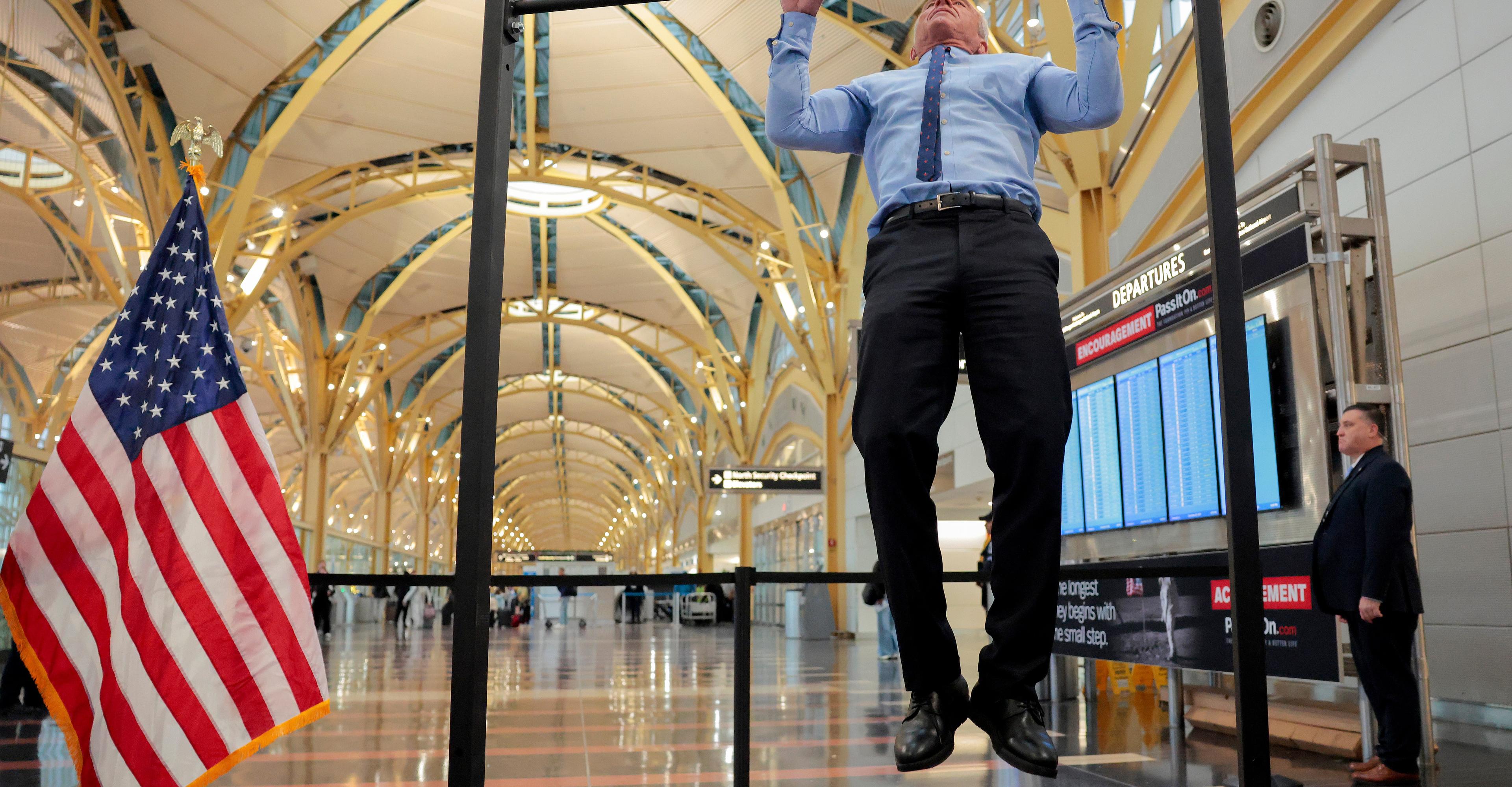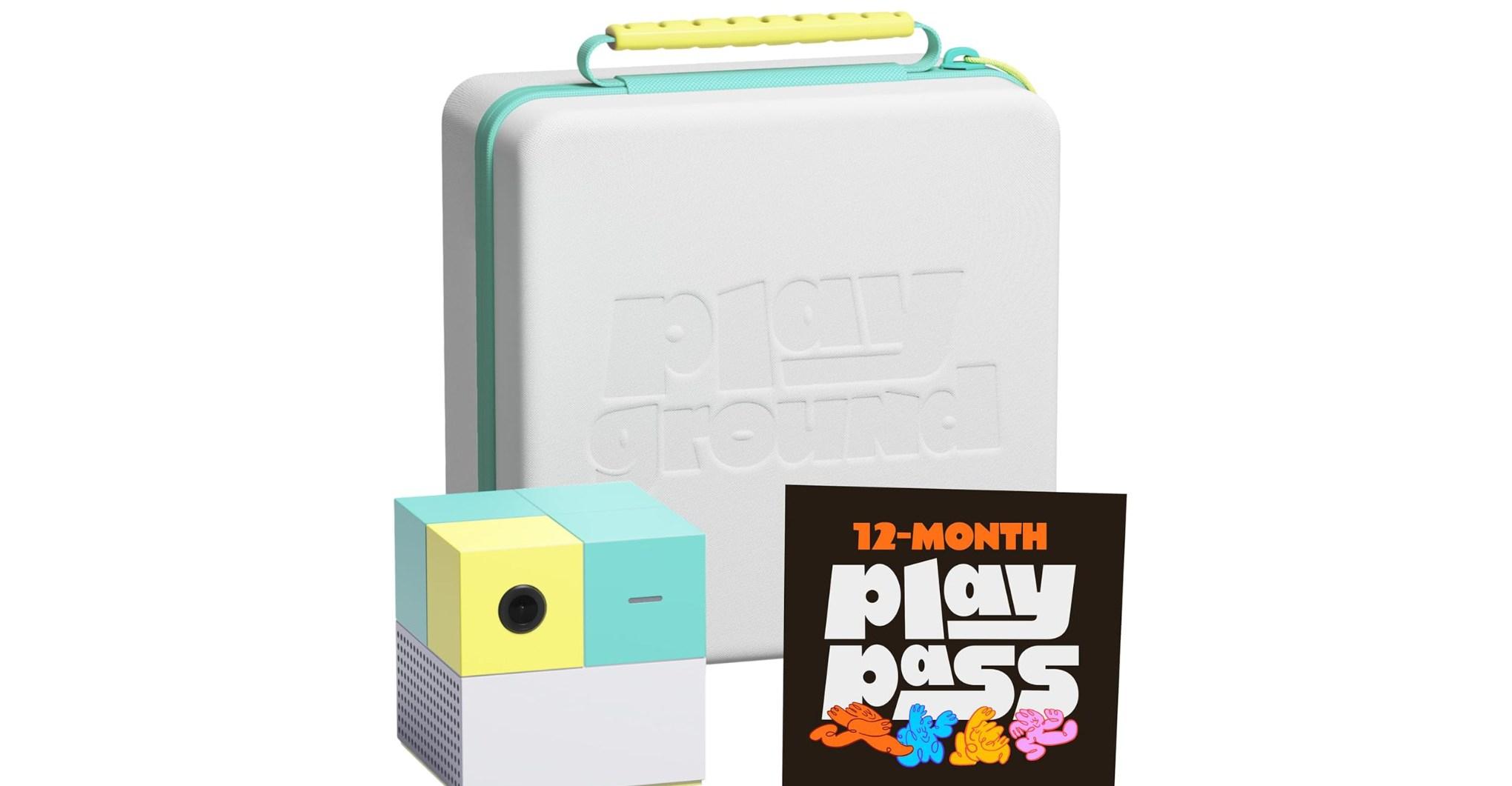Technology
- Home
- Technology
- News
Trump’s first round of tariffs is almost here
Electronics, avocados, vegetables, cars, tractors, crude oil â these are some of the things that could soon get more expensive for US consumers. Under President Donald Trumpâs proposed plan, goods coming in from Mexico and Canada will be subject to a 25 p…

Published 10 ماہ قبل on فروری 6 2025، 10:00 صبح
By Web Desk

Electronics, avocados, vegetables, cars, tractors, crude oil — these are some of the things that could soon get more expensive for US consumers. Under President Donald Trump’s proposed plan, goods coming in from Mexico and Canada will be subject to a 25 percent tariff beginning on February 1st. White House press secretary Karoline Leavitt has also said Trump was “very much still considering” tariffs on China on the same day. As of late Thursday, the specifics of these plans were still up in the air.
Sweeping tariffs were one of Trump’s marquee campaign promises leading up to the election in November. He’s previously threatened up to a 60 percent tariff on goods from China, a 100 percent tariff on goods from Mexico, and even a 200 percent tariff on John Deere products imported into the US. Despite this, Trump failed to levy any tariffs on day one of his presidency, with Bloomberg reporting on Thursday that his administration lacked even concepts of a plan. His first round is now supposed to hit goods from Mexico and Canada, the two largest trade partners for the US.
In 2022, around $1.8 trillion of goods and services moved between countries under the current United States-Mexico-Canada Agreement (USMCA) — a free trade agreement negotiated during Trump’s first term that he now threatens to blow up. Mexico is a major manufacturer of cars, and 76 percent of exported vehicles go to the US. Most of the vegetables imported into the US come from Mexico (63 percent as of 2023), as do nearly half of fruit and nut imports (47 percent). Nearly 60 percent of crude oil imported to the US comes from Canada alone, according to the Congressional Research Service. The US also imports billions of dollars’ worth of lumber, cars, and food items from our northern neighbor.
Trump has called tariffs “the greatest thing ever invented,” but he either doesn’t understand how they work or regularly lies about it. For years, he has claimed that the exporting country or company would foot the bill. Despite what the president and subjects of viral videos seem to believe, however, the exporting country’s government does not pay the tariff — the importer (like a retailer or other entity) pays it, and generally that additional cost is passed on to the consumer by charging them more for the item. If a company imports T-shirts from Mexico and sells them for $10, for example, a 25 percent tariff would add $2.50 to their costs, and they’re likely to jack up the price of your shirt to cover it.
As of this week, Trump was also considering blanket 10 percent tariffs on goods from China, the US’s third-largest trading partner and a source of everything from cheap clothing and home goods to electronics.
Tensions between the US and China have prompted some industries and companies to try to diversify supply chains — including Apple, which has moved a portion of iPhone manufacturing from China to India. But industry groups warn that import tariffs will increase prices for consumers and reduce spending in the US. A Consumer Technology Association analysis estimated that under Trump’s original 60 percent tariff proposal on China, the price of a laptop could soar 68 percent and smartphones could jump 37 percent. Some estimates suggest that higher prices for tech products — many of which are produced in China — could cause consumer spending to drop by billions of dollars.
On top of the direct impact on prices, the targeted countries may retaliate with tariffs of their own. Canada is reportedly planning retaliatory tariffs targeted at products made in Republican and swing states. Mexico President Claudia Sheinbaum said the country also had a plan in response to potential US tariffs, and Reuters reported that target products were similarly chosen to hit regions that voted for Trump. Again, the US government wouldn’t pay for them, but tariffs could ripple through global supply chains and reduce the demand and value of American products, like what happened to soybeans during Trump’s first term.
Trump has said the tariffs on Canada and Mexico are punishment for immigration as well as fentanyl coming into the US from the two countries. But he uses them as petty bargaining chips, too — earlier this month, he briefly vowed to impose tariffs on Colombian imports like coffee unless the country accepted military deportation flights.
As potentially disruptive as tariffs could be, there are a lot of “ifs” here. The Trump administration is already behind on its own schedule. It reportedly still doesn’t know exactly which tariffs it will be imposing. And its last sweeping policy change — a chaotic freezing of federal funds — was promptly blocked by a court and then walked back amid confusion and public anger. So it’s anyone’s guess how long an all-out trade war could last — if it happens at all.
Pakistan qualify for semi-final of under 19 Asia Cup cricket
- 14 گھنٹے قبل
Arteta tells critics to back off struggling Gyökeres
- 5 گھنٹے قبل

Young Leaders Conference 2025 highlights social stewardship on day two
- 14 گھنٹے قبل

My defense of a $40 cable paperweight – I’m sorry
- 6 گھنٹے قبل

Please don’t make airports healthy again. Just make them more efficient.
- 4 گھنٹے قبل

Assailants kill cop, brother in gun attack in KP’s Lakki Marwat
- 13 گھنٹے قبل

YouTube made its video player easier to navigate on TVs
- 6 گھنٹے قبل

Gold prices dip per tola in Pakistan, global markets
- 17 گھنٹے قبل
Tagic Army Public School (APS) Peshawar incident completes 11 painful years
- 12 گھنٹے قبل
AI boom seen lifting chipmaking equipment sales 9pc to $126bn in 2026
- 13 گھنٹے قبل

A Kinect for kids is outselling Xbox to become the hot console this holiday
- 6 گھنٹے قبل
Sabalenka named WTA Player of the Year for second straight season
- 16 گھنٹے قبل
You May Like
Trending





